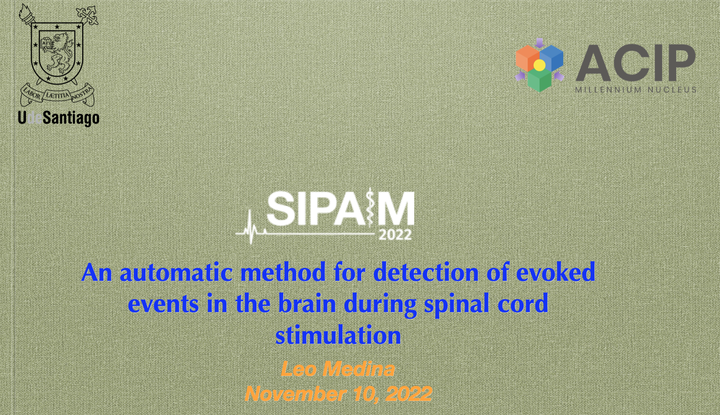An automatic method for detection of evoked events in the brain during spinal cord stimulation

Abstract
Parkinson’s disease (PD) is a neurodegenerative brain disorder that mainly affects the elderly population and currently has no cure, only palliative treatments. Recently, spinal cord stimulation (SCS) showed great promise in the treatment of certain PD symptoms. In this semi-invasive technique, pulses of current are delivered to the spinal cord via electrodes implanted in the epidural space. However, the effects of SCS in the brain are poorly understood. In this work, we developed a method for detection of electrophysiological events in the brain evoked by SCS pulses, and analyzed the latency of such events under different experimental conditions. We performed in vivo recordings of local field potentials using 64 microelectrodes implanted in different brain areas of a rat model of PD, and during active and inactive states, and with and without administration of L-dopa. The signals were pre-processed and divided into windows centered around the stimulation pulses, in which we detected the evoked events using two approaches: the Hampel identifier and the wavelet transform. Next, we measured the latency of the response evoked in the brain with respect to the applied pulse. The Hampel method detected events in about 31% of trials, and the wavelet method in about 42% of trials. In addition, we found that movement had a statistical significant effect on the measured latency but only when L-dopa was administered to the animal. The differences in latency suggest that there may be a trajectory of neuronal activation in the brain in response of SCS. Our results may have implications in the design of more effective SCS strategies for the treatment of PD